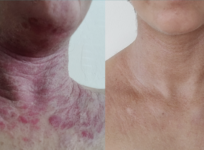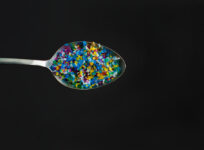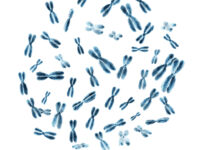New Tools Give Primary Care An Open Window on Ocular Health
Ocular and retinal health are not usually considered part of primary care, but given the high and rising incidence of diabetic retinopathy, macular degeneration, and other serious eye disorders, it’s time primary care doctors started looking their patients directly in the eye. New clinical tools are making that a lot easier.







